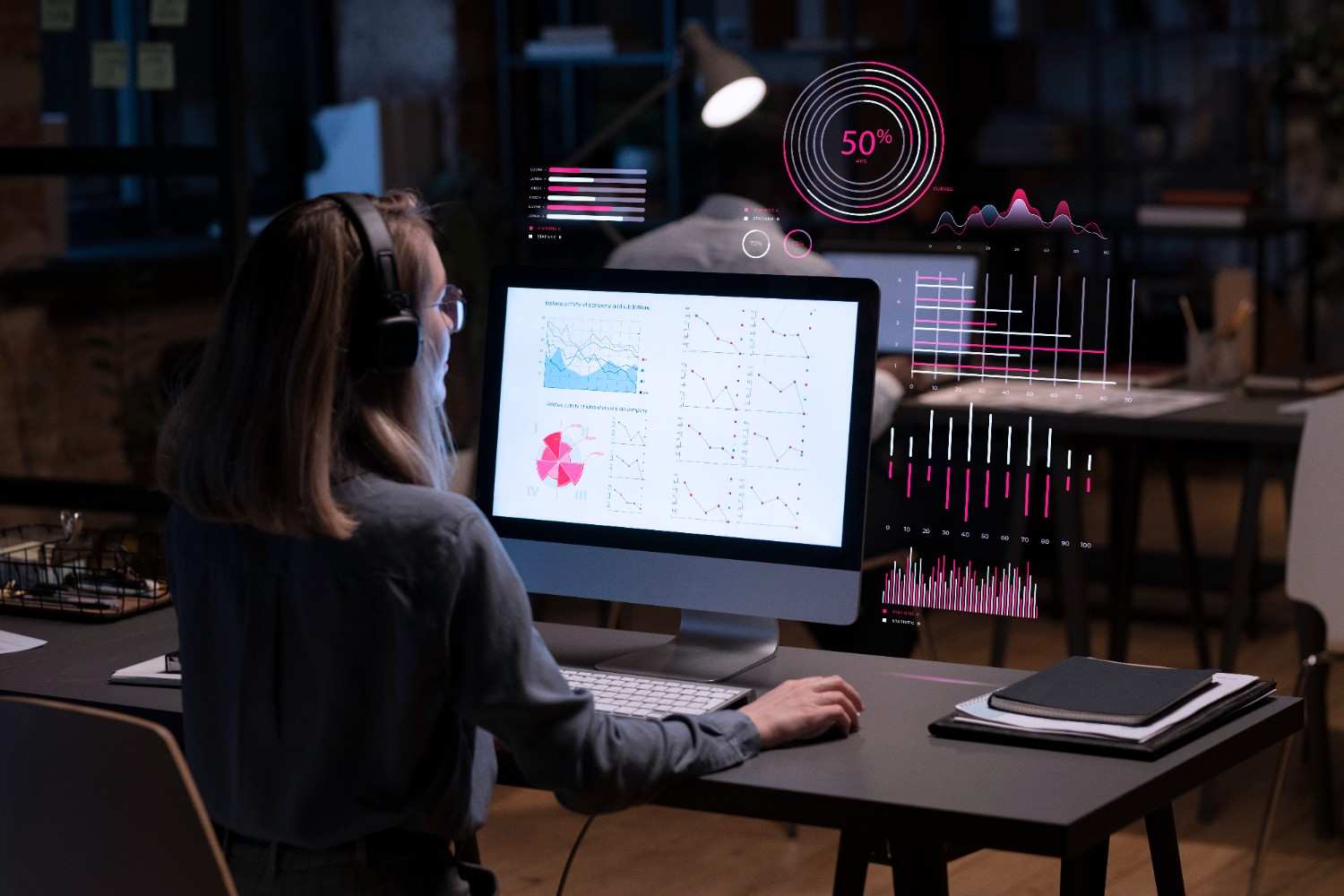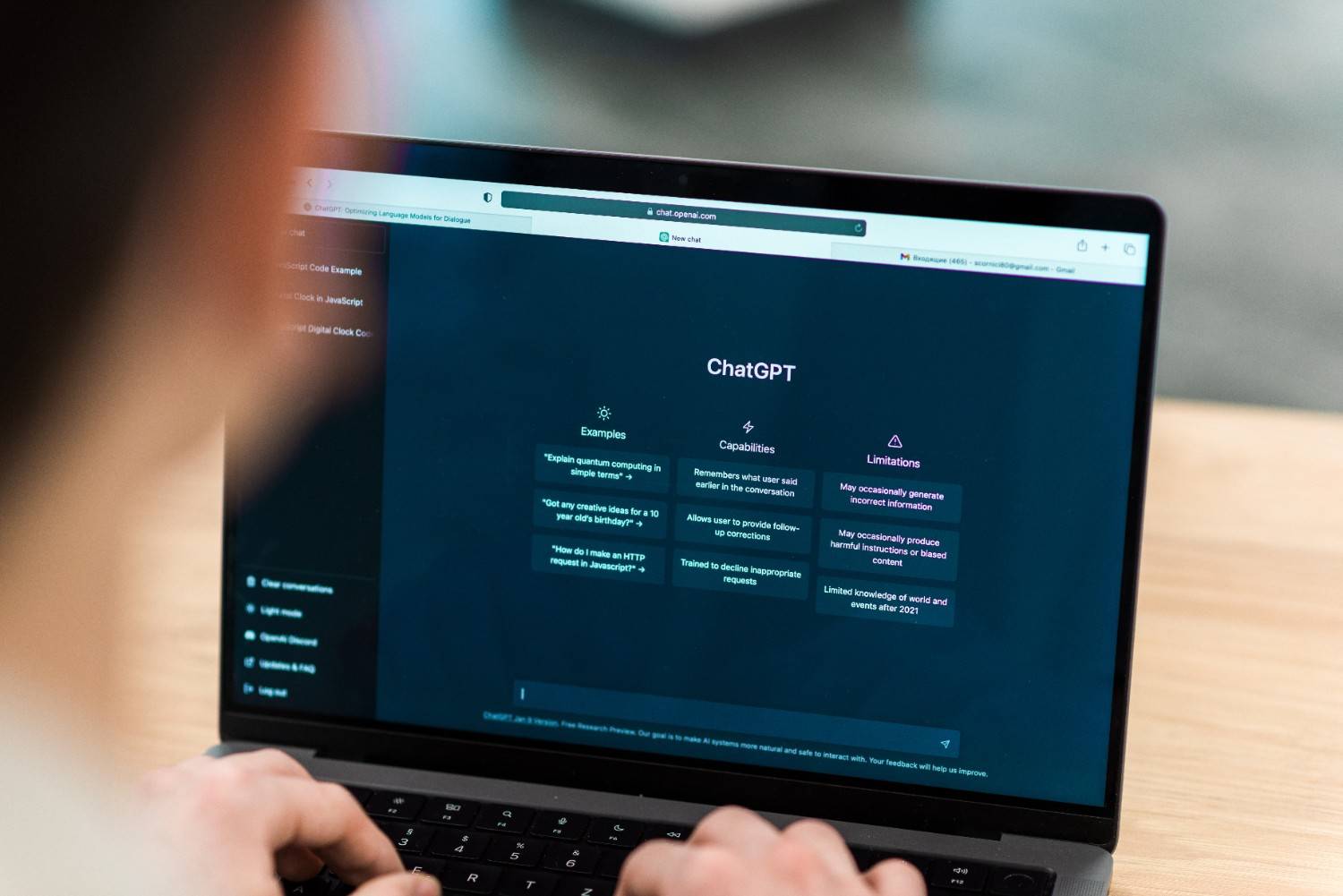OOH To DOOH Transformation Tends To Yield Lucrative Monetary Results For Companies
Establishing market presence with traditional marketing strategies is not helping anymore in generating revenue. Of late, every start-up, as well as industry giant, is adopting innovative advertising strategies to woo their targeted customers and prefers connecting with them 24*7. It is the main reason that tech companies like Google and Facebook are following innovative online advertising strategies to gain a competitive edge. The current market position of these tech giants is a testimony to the outcome of OOH advertising. Interestingly, they are not alone; companies like Netflix, Apple, and Coca-Cola are following suit and making heavy investments in OOH formats of marketing campaigns.
What Exactly Is Out-Of-Home (OOH) Advertising
Out-of-home advertising is a kind of visual advertising media that takes place outside the home. In simple words, it is a kind of communication that takes place with the consumer when they are away from home. This generally includes signs, billboards, ads on benches, in transit areas like train stations, elevators, or airports, and place-based ad media, as well as advertisements in the cinema or in a stadium. Doing advertising through OOH accounts for millions of screens and thousands of locations around the world at one point in time.
No wonder, in the last few years, OOH has become the most enduring advertising method that is bringing favorable results for companies. Despite the high success rate of OOH, companies are finding it hard to spread information quickly, especially when a customer is not online. They are keenly looking for such campaigns that help them to connect with customers 24*7, whether they remain online or offline. This paves the way to DOOH. Adopting the right strategy is as important as following it at the right time to set a benchmark for others to follow. And big giants like Apple, Amazon, etc. used to do the same by focusing on DOOH.
What Is DOOH?
DOOH is an acronym for digital-out-of-home media. When an element of digitalization is incorporated into the out-of-home media, it gives birth to DOOH. The use of digital billboards in different places is a way of establishing DOOH communication with customers.
DOOH Media—Widely Embraced
Digital media appearing in such an environment and easily accessible to the public constitutes DOOH media. If sources are to be believed, media buyers seem to hastily embrace DOOH because its market is growing at the rate of 16% on a yearly basis, thereby lifting the share of the overall OOH category.
Some of the common places where DOOH media is quite visible are:
- Airports, bus shelters, and train stations
- Medical waiting rooms
- Shopping malls and retail stores
- Movie theaters and arenas
- Major roadways
Because DOOH is quite a wide category, it is no surprise that you find it everywhere. Small digital signboards, little TV screens, etc., are used for marketing products and services in the most attractive manner.
Facts About DOOH
- DOOH media holds 50% of the UK market in terms of revenue, increasing sales, and encouraging companies and buyers to leverage automation.
- 40% of viewers prefer visiting the store and inquiring about the product or service displayed in DOOH.
- 19% of consumers admitted that they indulge in impulsive purchasing after seeing digital advertising
- Over 75% of brands reported an increase in sales up to 33% through DOOH
- 55% of customers admitted that they easily recall the message displayed on the digital billboards even after seeing the advertisement just once.
Much research has proved that it is one of the most effective media for remaining connected with customers while they are away from home, in transit, or anywhere else. Repeated exposure and contextual environment are two factors that actually help in spreading brand awareness and increasing the purchase intent in customers.
Benefits Of DOOH
Location Leverage
One of the unique and major benefits of using DOOH is that it helps media companies to go for location data-based advertising. The mobile data location is used for getting important consumer insights.
For instance, companies get to know the behavior of consumers in terms of their routine movement, interests, etc. In short, companies used to customize and place digital billboards based on information gathered in order to get maximum exposure. This approach also helps in creating cross-channel strategies to generate awareness amongst potential customers by retargeting them on their mobile device with a follow-up ad or click-to-call action.
Highly Impactful
With the availability of digital devices around, it becomes a tricky task to ensure that the advertisements get the required exposure. Here, OOH gains a competitive edge. In fact, creative advertisements are so impactful and impressive that they are hard to miss. And with the innovation of DOOH, the possibilities of engaging customers have increased significantly. Now, companies are pouring in more money to set up highly impactful 40-42-inch HD screens to display their advertisements. No wonder their customer engagement ratio is twice that of traditional OOH advertisements.
Measurement Possibilities
Marketers are getting lucrative results from OOH advertising, but they often find measuring its effectiveness a tall task. Measurement is one of the greatest advancements DOOH has brought to OOH advertising. With the easy availability of time and location data, advertisers track consumers’ movements in real-time and get concrete results about advertising location and sales generation.
Advertising Hot Deals
Digital signage and billboard content leave a far-reaching impact on customers’ minds. Though these billboards are not like touchscreens, they leave an equal or greater impact by highlighting important pieces of information like deals and discounts, price range, etc. Just like the concept of “happy hours” in bars and restaurants, many companies are using DOOH media for stock clearance.
Reduced Operational Expense
With traditional billboard marketing, a company needs to spend money on printing and installation. On the other hand, automated content displayed on digital billboards is easy to change in a fraction of a second. Indubitably, the upfront cost of setting up a digital screen is higher, but it is a one-time activity. This actually reduces the management cost in the long run.
Flexibility To Display Varied Content
With traditional billboards, the static images were displayed on a billboard for a number of weeks. On the contrary, images in digital billboards change every 10-15 seconds. This creates curiosity amongst the targeted audience to view the changed image and increases their engagement.
Campaign Creativity Is Possible
DOOH brings far more effective results when synchronized with other modern technologies. For instance, try to pair weather data with campaigns so that content changes according to sunny or rainy weather conditions. Similarly, companies are integrating facial recognition and display technology to get the demographics of onlookers.
Put simply, there is an endless opportunity for creativity when DOOH is paired with software and sensors. And these creativities are not possible with static displays.
Detailed Reporting
Software programs used for displaying DOOH ads help in producing useful reports. These reports are invaluable for both network operators and marketers. Scheduling reports, incident reports, and proof-of-play content enables the concerned parties to prepare detailed reports and address any issues arising due to advertisements on a prompt basis.
Conclusion
It is not wrong to say that DOOH media is here to stay for a long time. It is because the current implementation is just the tip of the iceberg. With swift technological innovations taking place, digital out-of-home advertising seems to emerge as the best targeting and retargeting advertising tool with omni-channel presence capabilities. So, it is high time to invest in DOOH campaigns, whether you are a well-established tech giant or a start-up firm.








